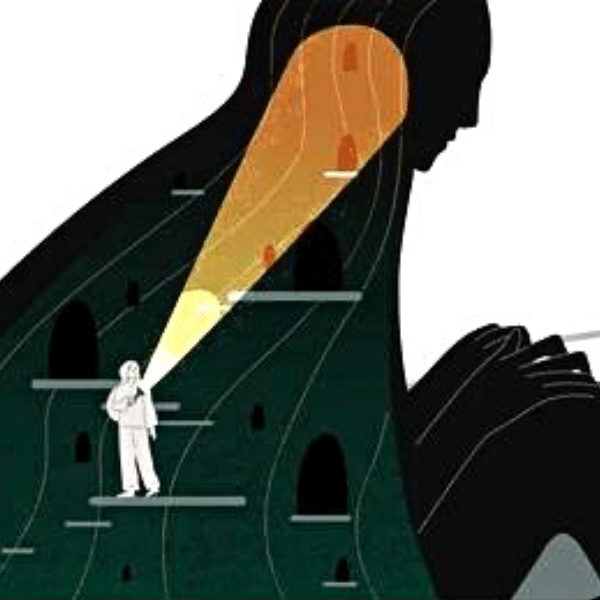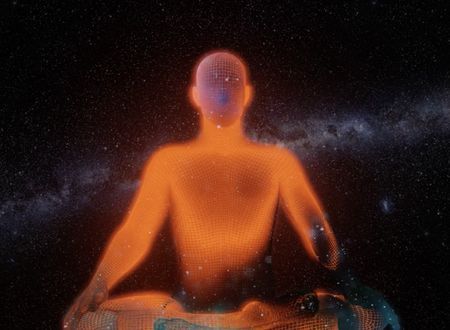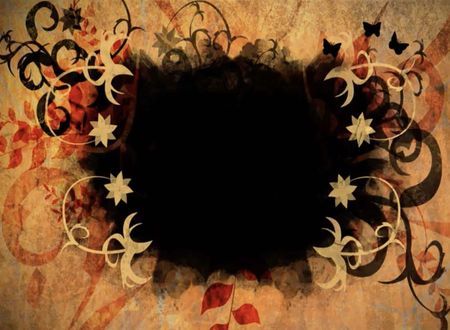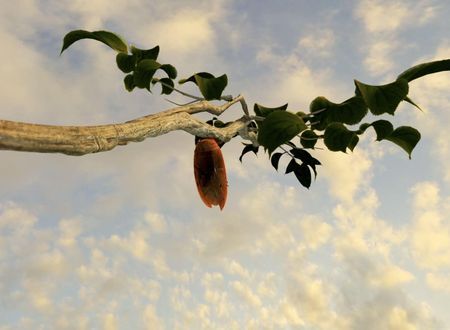The Art Of Observation
To See And To Hear
Yesterday, along with a brother I went to visit an art gallery which has been recently set up on the campus of our high school, where I finished my schooling. Along with the art gallery, a science exhibition was also being hosted by the students. And the whole atmosphere was abuzz even in the cold wee hours of the late evening.
We first visited the art gallery. A solo painting exhibition of one of our former Physics’ teachers was being showcased. This was the first time I witnessed a proper art gallery and art exhibition. In Lalgola, where we live, this is the first gallery of its kind. I haven’t had such art exposures before. The pathway leading to the stairs, the steps, the walls—everything had a colourful palette. Flower pots had been installed in places. We climbed the stairs and came to the gates of the art gallery on the second floor.
Art objects—masks, miniature models, paintings—were all around. I tried to observe as much as I could.
Actually, I didn’t have plans to visit the gallery. But the brother who was with me called me in the day and said, he wanted to visit the gallery with me. He would like to discuss a few things with me, despite neither of us being from a fine arts background. Honestly, I don’t know how to approach art. How to see? So the attempt to analyse is nothing but vanity. But he said, he would ask me about those paintings. So, I tried my best to be an art observer.
There were around 50 paintings and other miniature art sculptures. Most of the paintings were portraits. A few landscapes, a few thematic. I paid attention to every painting one by one. With my limited understanding of art, I could wrap my head around only a few aspects—such as, what kind of painting is it—portrait or other? What’s the orientation of the painting? And the technical aspects. My eyes are good at spotting technical aspects—like the proportion of different elements or the angle of the eyes—in which direction they gaze etc. But there are other aspects also which I’m completely ignorant of—like the style of the painting, the difference of the colour use, the saturation, the shades, and other subtleties.
Art is highly subjective. Everybody interprets art differently. So, not with a judgemental eye, but with an analytical eye, I tried to observe those beautiful pieces.
After about half an hour, or a little more, we were done. And the gallery also closed its doors. The brother also started to tell me his thoughts and after that, he asked me about mine.
Well, what should I say? Which painting did I like the most and why? Or which painting was brilliant? There were five pieces which I really liked. But somehow I felt, the portraits lacked vital expressions. They were kind of ‘lifeless’. Anyway, I pointed out a few technically ‘odd’ things to him, although never have I ever analysed a painting with so much time and patience.
What I realised after the whole exercise is pretty revealing to me. We had a lengthy discussion till 10 P.M. When I came back home and was lying in my bed, I realised something: that to appreciate art we must have the ability to see deeply. Just like to understand a song, one must have deep listening ability. These two abilities—that is, to see and to hear—are the foundational skills of the art of observation. And I realised, I must go to such exhibitions often, just to train my eyes, so that slowly I get better at ‘seeing’. You know, it’s a training. Any artist or art lover must have the ability to feel the art. Because art requires sensitivity. Art is subtle. And he who knows how to see art will also see things in life. All its subtleties. Because life is also subtle. To feel life, to be aware of life’s poignant beauties, one must have the inner eyes and ears developed. And art helps to train those faculties. One should try to be in touch with art. It will refine our consciousness.
I am glad I visited the gallery. Although a stupid in art, this realisation will stay with me.
—









Comments & Discussion
13 COMMENTS
Please login to read members' comments and participate in the discussion.